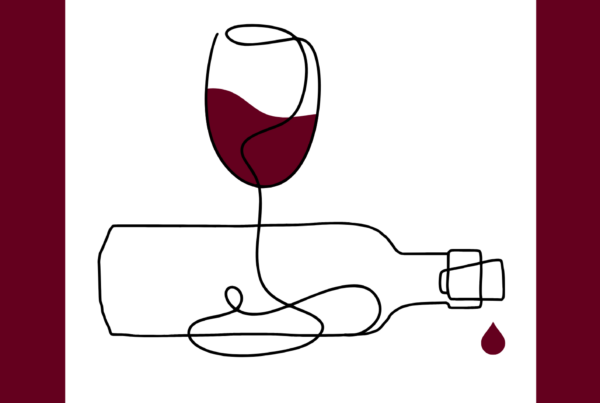As
we recently discussed on the blog, the data generated by the Liv-ex Fine Wine
Exchange is unique
in the market, due to its transparent and transactional nature. The
most visible aspect of this data creation and collection are the Liv-ex
indices, which are widely followed amongst the trade,
consumers and press.
All
of the components in the main Liv-ex indices are priced using the Liv-ex Mid
Price – the most accurate mark-to-market pricing measure available (see detailed methodology here).
This means that they reflect the actual prices that merchants are trading wines at in the secondary market. The
accuracy and independence of Liv-ex data has led to the indices being listed by
all of the major financial data providers, such as Bloomberg, Reuters and the
Financial Times.
Each
of the Liv-ex indices is designed to shine a light onto different aspects of
the fine wine market.
Liv-ex
Fine Wine 100: Widely considered to be the fine wine industry’s leading
benchmark, the Liv-ex Fine Wine 100 is designed to reflect price movements at
the top-end of the fine wine market. The index is price and scarcity weighted –
much like the FTSE 100 is weighted by market capitalisation – which means young,
expensive wines produced in larger quantities have the greatest impact on the
index. This reflects
reality in the marketplace.
Liv-ex
Fine Wine 50: Reflects the daily price movement of the most heavily traded
commodities in the fine wine market -the ten most recent vintages (excluding En
Primeur) of the Bordeaux First Growths. Where the First Growths go, the
rest of Bordeaux tends to follow. The Liv-ex Fine Wine
50 is the only daily benchmark in the industry.
Liv-ex
Bordeaux 500: Our most comprehensive index allows us to provide
greater detail on price movements in the
different sections of the Bordeaux market. It is divisible into various
sub-indices, such as the Left Bank 200 and Right Bank 100.
Liv-ex
Fine Wine Investables: Tracks the most "investable" wines in the
market — around 200 wines from 24 top Bordeaux chateaux. In essence, it aims to
mirror the performance of a typical wine investment portfolio. The index data
starts in 1988, further back than any other Liv-ex index.
All of the indices (including the separate components of the Bordeaux 500: the Fine Wine 50, the Second Wine 50, the Sauternes 50, the Right Bank 50, the Right Bank 100 and Left Bank 200) are shown in the chart below:
Apart
from the Liv-ex Fine Wine 100 Index, you will notice that all of the above
indices track solely Bordeaux. This reflects reality in
the fine wine market. In 2012, 85% of all wine traded on Liv-ex was from
Bordeaux (in prior years it was regularly over 90%).
Our member merchants, who account for the vast majority of the global trade,
report similar numbers to us. Our indices are designed to reflect what is
actually happening in the fine wine market, so our indices are dominated by
Bordeaux wines.
Nevertheless,
we do compile indices that track Domain Romanee Conti, Champagne and the Super Tuscans on a monthly
basis, although the indices are only published periodically. As trade in these
regions grows on a relative basis to Bordeaux (the share of Bordeaux trade on
Liv-ex is down from 94% in 2011) we will be giving them greater attention. As
such a new Burgundy, Italy and Champagne Index will be published in the coming
months.
The
other key question is which vintages to include? More than 90% of all secondary
market trade is in wines from the last ten vintages. For the indices to
accurately reflect the market, more recent vintages need to have a far greater
impact than older years. As such, the Liv-ex Fine Wine 50 and 500 only include
the last ten physical vintages. (In both the Liv-ex Fine Wine 100 and Liv-ex
Fine Wine Investables, which contain older vintages, this is achieved by
applying less weight to older wines.) Moreover, due to their liquidity, more
recent vintages can be accurately marked-to-market without issue. The Liv-ex
Fine Wine 50 is priced daily, so speed of calculation is crucial. The Liv-ex
Bordeaux 500 includes wines, such as Sauternes and small production Right Bank
wines, which would be difficult to price if older vintages were included.
Even
for those indices where we do include older vintages, the furthest we go back
is 1982. Pricing wines produced prior to 1982 with the accuracy required for a Liv-ex index is all but impossible, due to
the significant importance of provenance and
condition in calculating the price.
Moreover, trading liquidity in these wines is so low that there is no real
market to mark to.
For
more on Liv-ex indices please see our full
index page.



